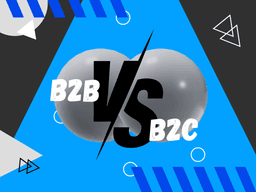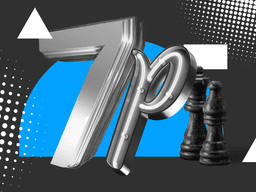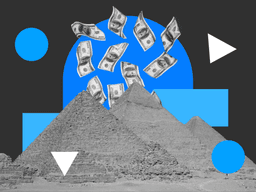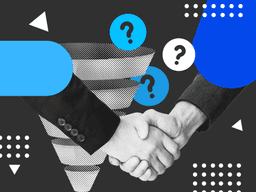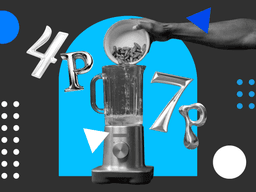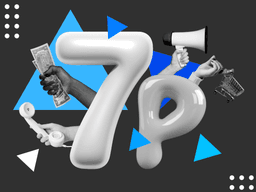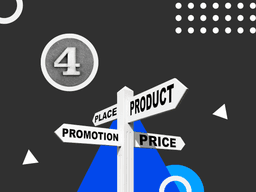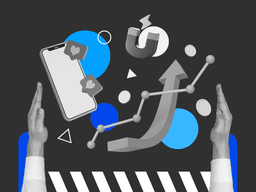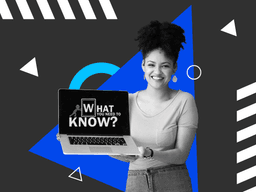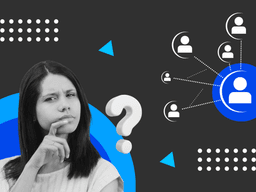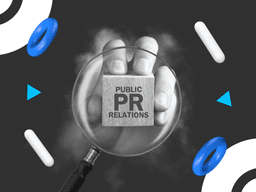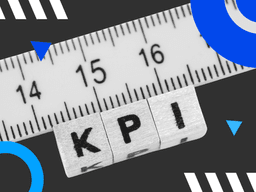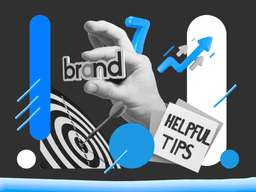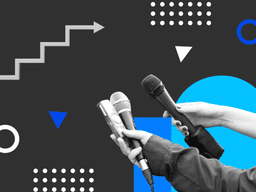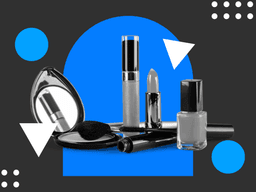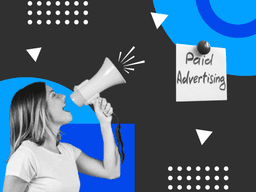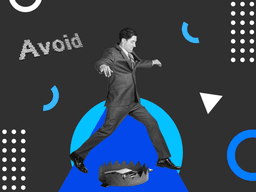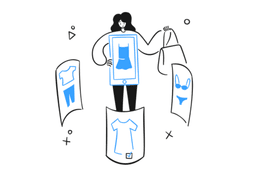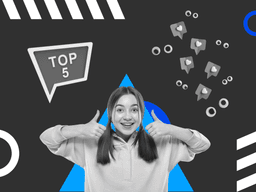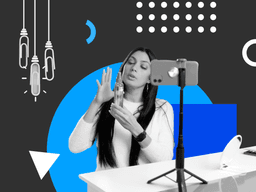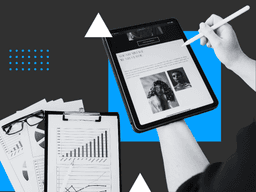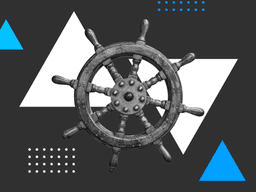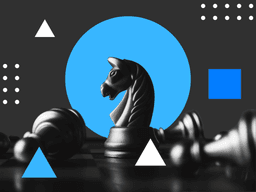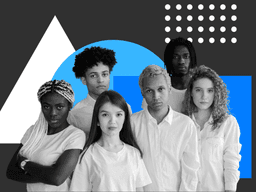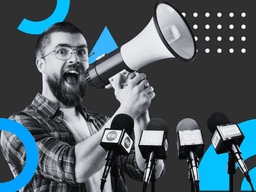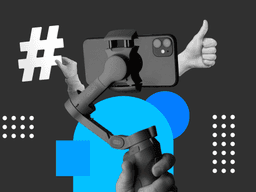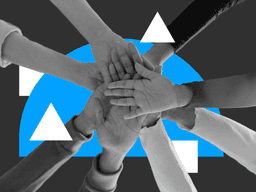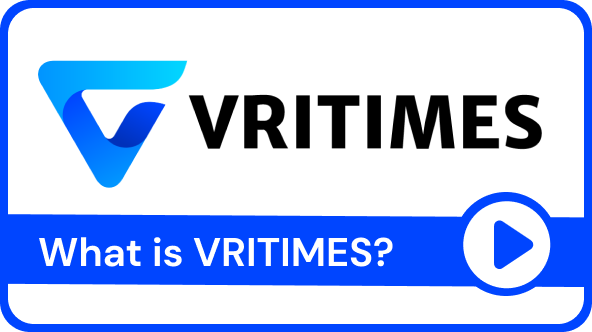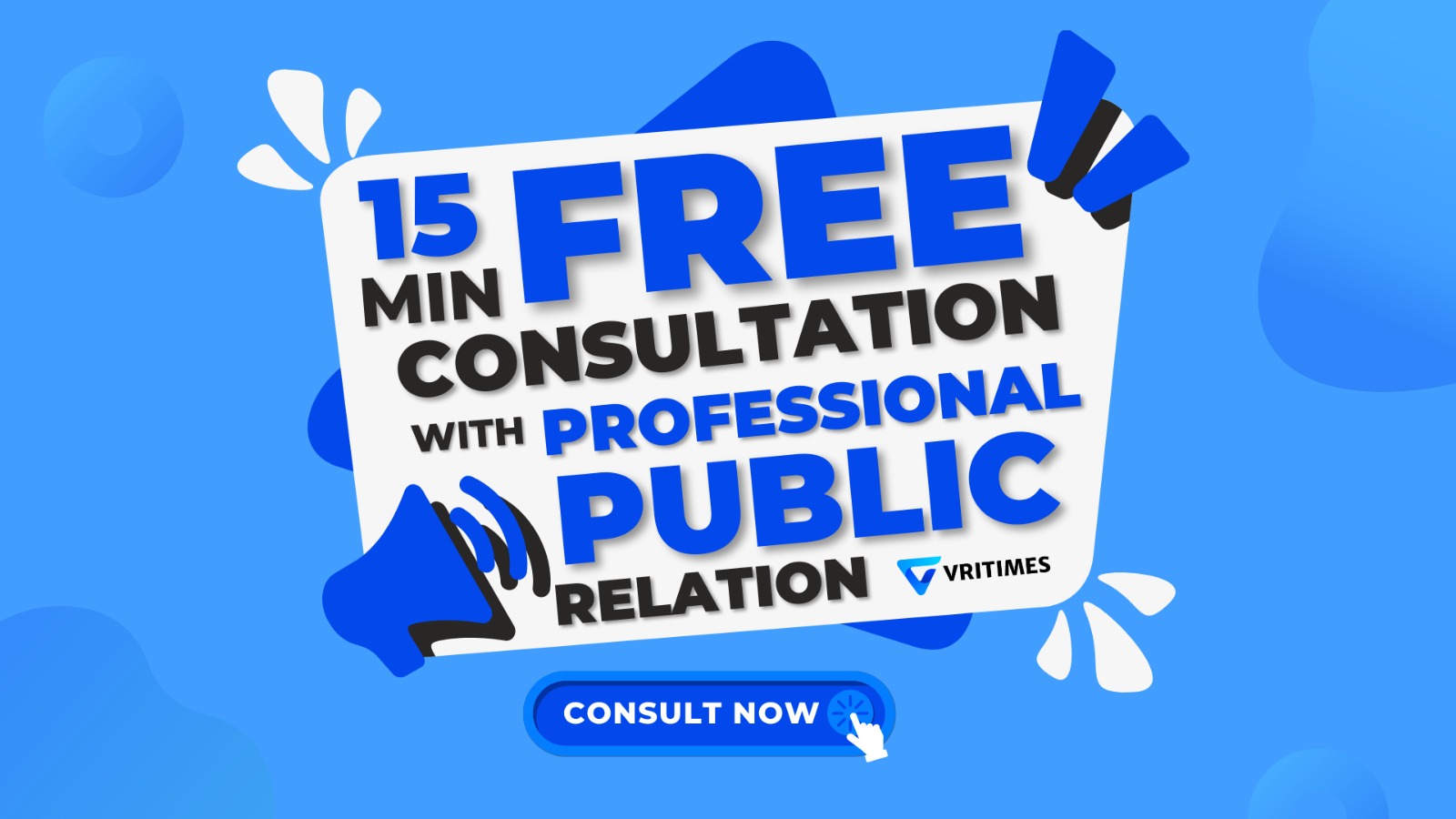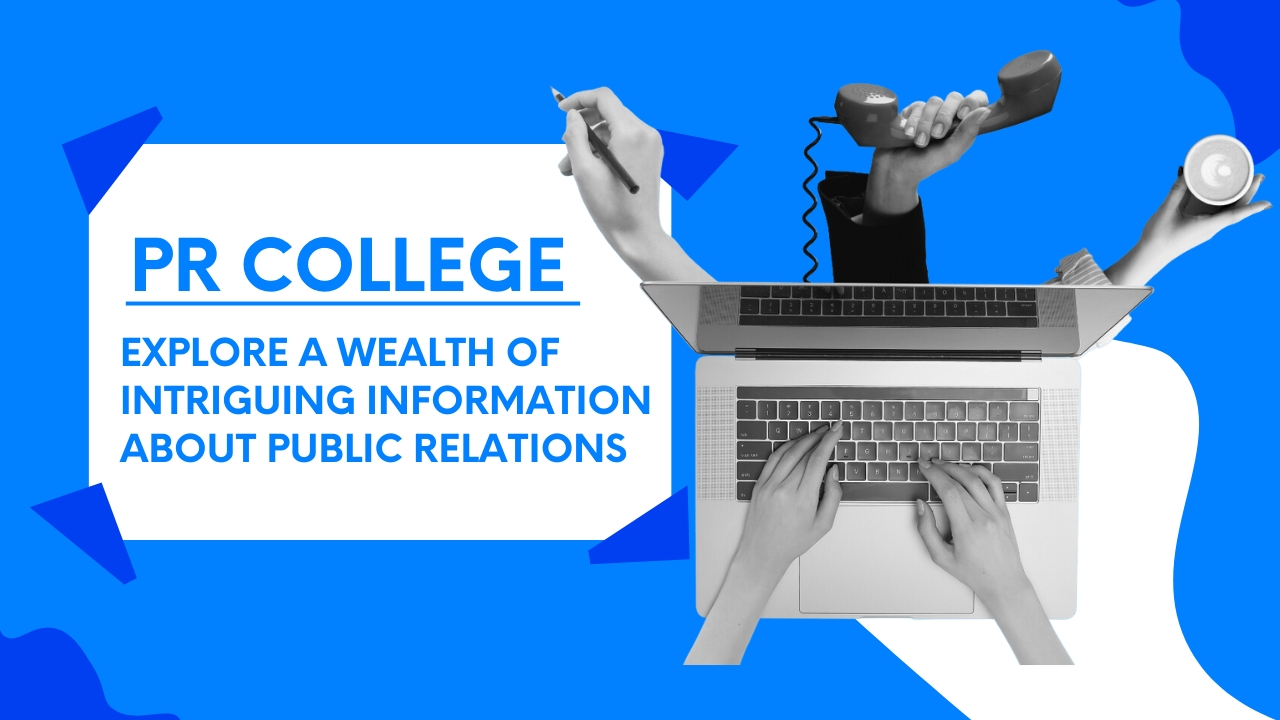/ How to Optimize Marketing Funnel and Measure Its Effectiveness?
How to Optimize Marketing Funnel and Measure Its Effectiveness?
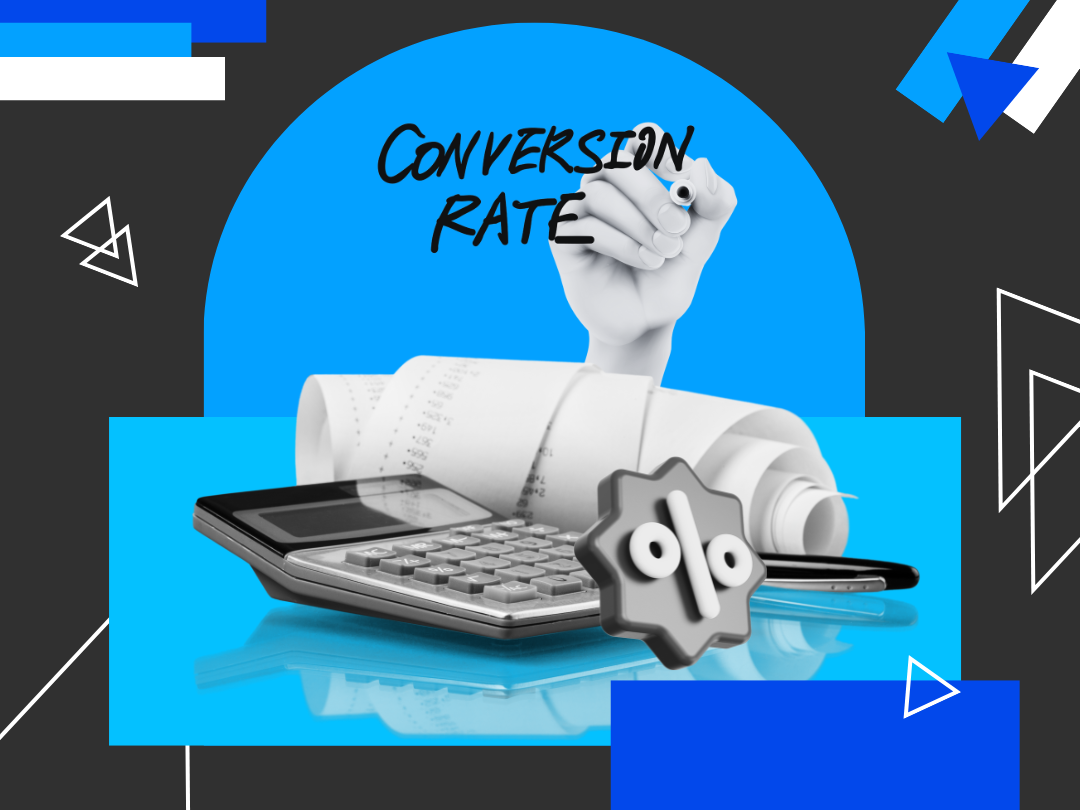
The marketing funnel is often used to optimize a customer journey. However, this funnel will provide more value when you fully understand your potential customers’ characteristics.
The marketing funnel is a set of stages that guide potential customers in becoming loyal customers. This funnel helps you plan and measure your marketing efforts.
The Marketing Funnel Stages
The marketing funnel was originally based on the AIDA model, which consists of awareness, interest, desire, and action. Some marketers even add 2 more elements which are loyalty and advocacy.
However, not all the customers go through each stage. Some of them directly jumped into the second or the fourth stage due to impulsiveness. Therefore, many marketers believe that this model can be simplified into 3 stages.
1. Top of the Funnel - Awareness
The top of the funnel (TOFU) is where potential customers become aware of your brand for the first time. This stage focuses on marketing material that promotes brand awareness. It is okay if they do not know a lot about your products yet because it is for the next stage.
At this stage, you need to attract them by showing your value. That can be done by:
- Creating educational content about concepts related to your products on social media and websites (your site and media outlets’ site).
- Using paid ads on podcasts and social media that are relevant to your potential customers.
- Creating an infographic that introduces your brand and products. Post this on your landing page to let the visitors know.
- Posting a design or a video that highlights your unique selling proposition (USP) on social media.
2. Middle of the Funnel - Consideration
Once the potential customers have deeply engaged with your brand, they enter the middle of the funnel (MOFU). At this stage, they might have followed your social media account, signed up for a webinar, or subscribed to your YouTube channel.
At this stage, put your best effort into engaging with potential customers to gain their trust by doing these:
- Publish a press release that ensures your potential customers that your products can solve their problems. If there is any public speculation, you can also answer it in a press release.
- Share product comparisons or case studies in the form of eye-catching designs.
- Create a specific landing page for each customer segment.
- Keep them engaging on social media by replying to their comments, DMs, etc.
- Invite your website visitors and social media followers to participate in a survey. This way, you can learn more about the drivers and barriers they encounter with your brand.
Utilize the survey to learn about your potential customer's behavior by asking these open-ended questions:
- How did you find us?
- What do you hope to find on our social media or site today?
- What are your questions or concerns about (name one of your best products)?
- What product(s) are you looking for?
3. Bottom of the Funnel - Conversion
The last one is the bottom of the funnel (BOFU). You have gained their attention and trust as well as fostered a good relationship with them.
At this stage, provide them with specific and strong reasons to choose your brand over the competitors by doing this:
- Write a guide to answer questions and eliminate any doubt from your potential customers.
- Offer a demo (trial) session to let the potential customers experience your product.
- Share social proof, such as existing customer testimonials and reviews to strengthen their trust.
- Send email marketing campaigns to let them know about promos and their abandoned shopping carts.
- If you offer various products for various needs, create feature and price comparison charts to help them make purchase decisions.
- Remember to set up a loyalty program and referral program to retain the customers who have made purchases.
How to Measure the Marketing Funnel Effectiveness?
After implementing the marketing funnel strategies above, you need to measure its effectiveness for evaluation. Four metrics can be used for measurement.
1. CPA
Cost per acquisition (CPA) measures the amount that you spend to acquire each new customer. Analyze the paid advertising, social media ads, email marketing, and other paid marketing efforts.
CPA: Total Cost / Total Number of Conversions.
2. CLV
Customer lifetime value (CLV) measures customer retention and can be used to estimate the likelihood of customers making new purchases.
CLV: Customer Value x Average Customer Lifespan.
3. CR
As its name implies, conversion rate (CR) measures the conversion frequency. It is recommended to measure CR for each stage as per below:
TOFU: marketing qualified leads (MQL).
MOFU: number of the MQLs that have converted to subscribers
BOFU: number of subscribers that have converted to customers.
4. CR per Channel
The conversion rate per channel measures the conversion each channel generates. This is important to evaluate the effectiveness of each channel.
This includes organic search, social media ads, display ads, search engine marketing (SEM), email marketing, and referrals. This allows you to be focused on the more productive channels.
Understanding and optimizing the marketing funnel helps you build a solid strategy for each stage. Doing this will let you acquire more customers and retain them.

